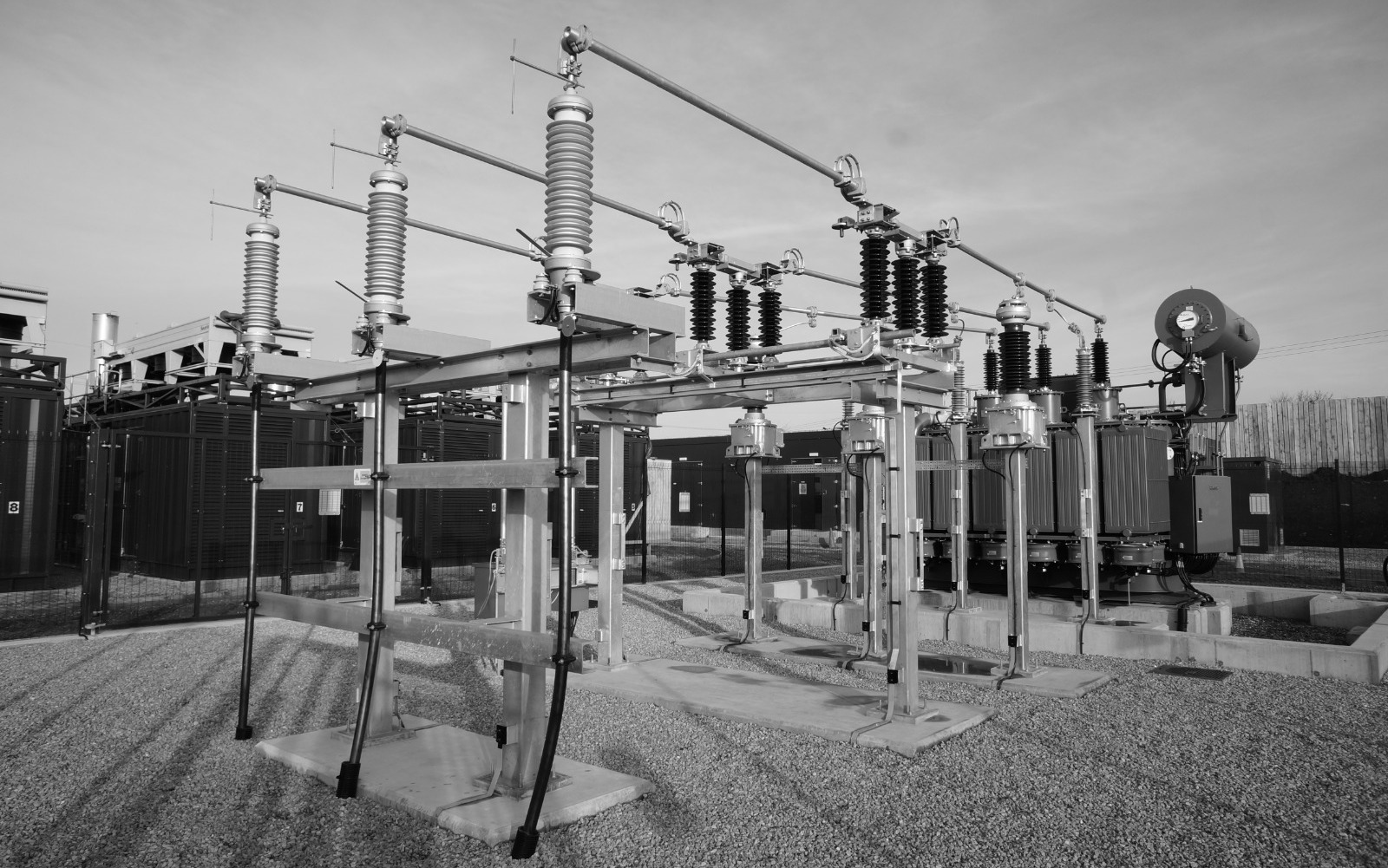Using the experience and knowledge gained from over 15 years in the power industry, Star Delta Power was born to provide accurate and personalised studies to companies within the sector.
By utilising scripting techniques, custom-made tools and in-house methodologies, studies and their reports can be produced in less time with reduced human error.
Some tools have been made accessible for free.

The process of applying and complying with G99 requirements can be laborious and confusing.
Star Delta Power can help you throughout this process, including: completing the initial SAF paperwork, studies to see the realistic export of a site to determine it's viability, and carry out all of the required studies to help get your site up and running.

A load flow study is required to determine not only whether equipment is overloaded in steady-state use, but also allows for the determination of a sites maximum active power export by taking into consideration the sites reactive power losses, and the specific G99 requirements for the site type.

Short-circuit current caused by faults within a network can be damaging and dangerous. Equipment installed on a site must be capable of withstanding short-circuit contributions from the local grid and locally installed equipment when faults occur.

The effects of transformer inrush and sudden generation loss can cause serious issues for a network operator. A study to assess compliance with ENA ER P28 will determine whether a site complies or not. If a site doesn't comply, suggestions can be offered to establish whether the effects can be reduced.

In order to protect equipment, and ultimately people, equipment with protective devices should be coordinated in such a way, that when a fault occurs within a network, plant is disconnected as quick as possible. Good coordination aims to only remove the neccesary amount of equipment possible.
An important and largely misunderstood part of every AC electrical network is reactive power and the relationship between this power and other types of power, known as power factor. Having a sound understanding of how this relationship works will aid in realising the full potential of an ins...
Multiple tools relating to IEC IDMT curves. Images can be exported and used in reports if desired.
Time calculator : Calculate the trip time for any IEC IDMT curve based on given I/Is and TMS multipliers.
Result comparison : Compare on-site trip test results to see whether they're within a % range of the required time.
Curve grading : Compare the grading between two relay curves (including definite time) for a given fault level.
Accompanying tool for the article Reactive Power & Power Factor.
Losses calculator : Calculate the active and reactive losses of a transformer based on the load.
XR convertor : Calculate the X and R values for a transformer based on voltage, rating, impedance and copper losses.